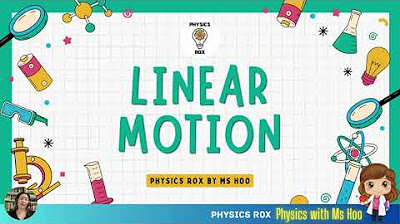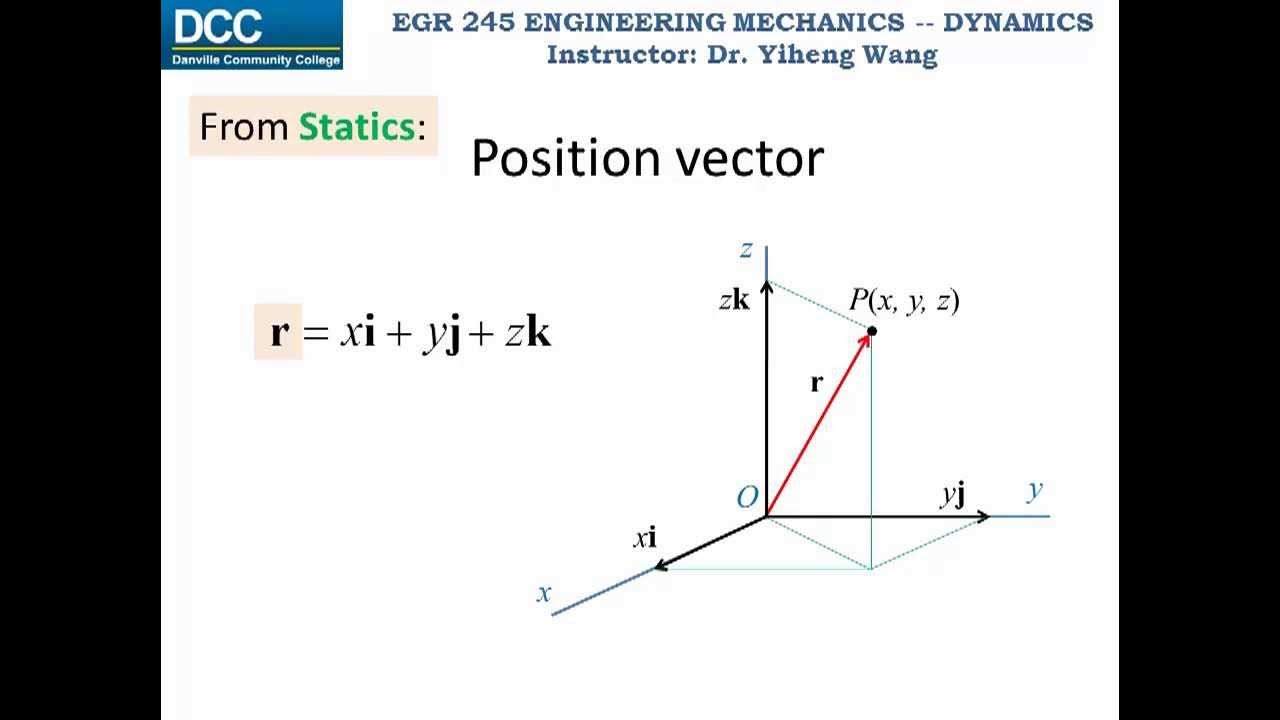MICROTEACHING FISIKA SMA KELAS XI - GERAK LURUS BERATURAN (GLB)
Summary
TLDRIn this interactive classroom session, the teacher introduces fundamental concepts of motion, including distance, displacement, speed, velocity, and acceleration. Using everyday examples like walking, running, and cycling, students explore the relationships between these concepts, with a focus on uniform motion (GLB). The teacher explains key formulas and mathematical expressions, such as speed = distance/time, and emphasizes the importance of consistent motion in life, as reflected in a quote by Albert Einstein. The session concludes with a student summarizing the key points about uniform rectilinear motion and its characteristics.
Takeaways
- 😀 Gerak (motion) is the change in position relative to a reference point. Objects are considered to be moving if they experience a change in position.
- 😀 Jarak (distance) refers to the total length of the path traveled, while Perpindahan (displacement) is the shortest straight-line distance between the starting and ending points.
- 😀 Kelajuan (speed) is the total distance traveled per unit of time, whereas Kecepatan (velocity) measures displacement per unit of time.
- 😀 Percepatan (acceleration) is the rate at which an object’s velocity changes over time.
- 😀 Gerak Lurus Beraturan (GLB) is uniform linear motion, where an object moves along a straight path with constant speed and zero acceleration.
- 😀 For GLB, the object must travel along a straight path with a constant velocity and no acceleration.
- 😀 The formula for calculating distance in GLB is: Distance = Velocity × Time.
- 😀 The difference between Kelajuan (speed) and Kecepatan (velocity) lies in the fact that speed uses distance, whereas velocity uses displacement.
- 😀 Video examples helped illustrate the concepts of motion, with objects like cars, motorcycles, and bicycles demonstrating the principles of movement and displacement.
- 😀 A key takeaway from the lesson is that motion can be observed in real-life examples like walking, running, and traveling by vehicles, helping students relate to theoretical concepts.
- 😀 A motivational quote from Albert Einstein was shared: 'Life is like riding a bicycle, to keep your balance, you must keep moving,' emphasizing the importance of continual progress and learning.
Q & A
What is the definition of motion in the context of this lesson?
-Motion is the change in position or location of an object relative to a certain reference point. It involves a movement from one place to another.
What is the difference between distance and displacement?
-Distance is the total length of the path traveled by an object, while displacement is the shortest straight-line distance between the starting and ending points.
What are the key concepts introduced in this lesson related to motion?
-The key concepts introduced include distance, displacement, speed, velocity, acceleration, and uniform linear motion (GLB).
What does 'speed' refer to, and how is it calculated?
-Speed refers to the distance traveled by an object per unit of time. It is calculated using the formula: speed = distance / time.
How is velocity different from speed?
-Velocity refers to the displacement of an object per unit of time, whereas speed refers to the total distance traveled per unit of time. Velocity includes direction, while speed does not.
What is acceleration, and how is it calculated?
-Acceleration is the rate of change of velocity. It is calculated using the formula: acceleration = change in velocity / change in time.
What is uniform linear motion (GLB), and what are its key characteristics?
-Uniform Linear Motion (GLB) is motion along a straight path where the object moves with constant speed and zero acceleration. Its key characteristics include a straight path, constant speed, and zero acceleration.
How do the concepts of distance and displacement apply to real-life examples?
-In real life, distance can refer to the total path traveled (e.g., walking along a winding street), while displacement refers to the straight-line distance between the starting and ending points (e.g., from your house to the store).
What is the role of reference points in understanding motion?
-Reference points are essential in understanding motion because they serve as the basis for measuring the change in position of an object. Without a reference point, we cannot define whether an object has moved.
What did the teacher's quote from Albert Einstein mean in relation to the lesson on motion?
-The quote, 'Life is like riding a bicycle. To keep your balance, you must keep moving,' serves as a motivational reminder that, much like in physics, motion is essential in life to maintain balance and progress.
Outlines

Этот раздел доступен только подписчикам платных тарифов. Пожалуйста, перейдите на платный тариф для доступа.
Перейти на платный тарифMindmap

Этот раздел доступен только подписчикам платных тарифов. Пожалуйста, перейдите на платный тариф для доступа.
Перейти на платный тарифKeywords

Этот раздел доступен только подписчикам платных тарифов. Пожалуйста, перейдите на платный тариф для доступа.
Перейти на платный тарифHighlights

Этот раздел доступен только подписчикам платных тарифов. Пожалуйста, перейдите на платный тариф для доступа.
Перейти на платный тарифTranscripts

Этот раздел доступен только подписчикам платных тарифов. Пожалуйста, перейдите на платный тариф для доступа.
Перейти на платный тарифПосмотреть больше похожих видео

Distance displacement speed velocity acceleration for IGCSE Physics, GCE O level Physics

Linear Motion - Distance, Displacement, Speed, Velocity, Acceleration - SPM & IGSCE Physics

FISIKA KELAS X: GERAK LURUS (PART 1) Jarak, Perpindahan, Kelajuan, Kecepatan, Percepatan

Kinematics in 1 dimension part 1

Gerak Benda dan Makhluk Hidup di Lingkungan Sekitar

Dynamics Lecture 02: Particle kinematics, Rectilinear continuous motion part 1
5.0 / 5 (0 votes)
